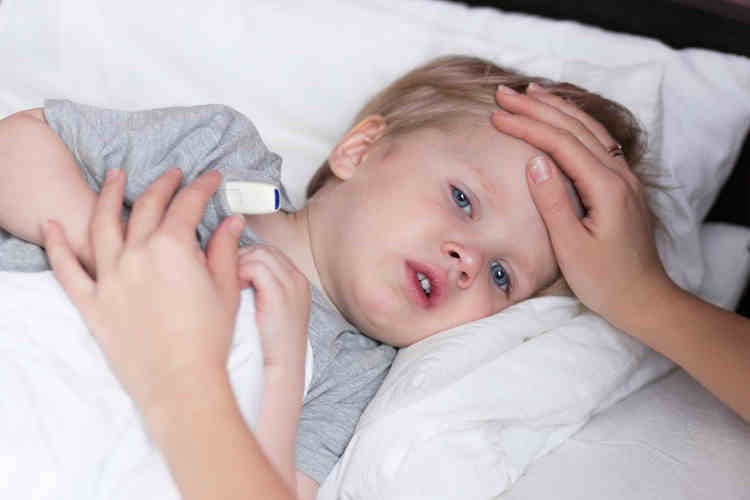Respiratory tract infections are very common in children. Occasionally these infections will develop into pneumonia (inflammation of the lungs).
Symptoms
If your child has pneumonia, the signs of the disease and the symptoms they experience will depend on their age, the organism (i.e. type of bacteria or virus) that is causing the pneumonia, the severity of the infection and any other underlying health conditions they may have.
Common signs of pneumonia include:
- cough; and
- rapid breathing.
Your child may also show signs that they are having trouble breathing, including:
- flaring of the nostrils;
- grunting when breathing out; and
- using their abdominal and neck muscles when breathing.
Other signs and symptoms of pneumonia may include:
- a general feeling of being unwell;
- restlessness;
- irritability;
- lethargy or drowsiness;
- loss of appetite;
- fever; and
- headache.
Sometimes a child with pneumonia will develop abdominal pain, nausea and vomiting (especially after coughing). Chest pain may occur, but it is probably less common than in adults with pneumonia.
Diagnosis
Your doctor can make the diagnosis of pneumonia based on your child’s symptoms, physical examination, and chest X-ray results.
Types of pneumonia
Bacterial pneumonia
Pneumonia that is caused by a bacterial infection commonly affects one lobe (or section) of the lung. Bacterial pneumonia can affect children of any age, and can develop very quickly. It is most likely to be associated with a very high fever and a cough that is productive of sputum (phlegm), although children tend to swallow sputum rather than cough it up.
The type of bacteria found varies with age, but the most common type of bacteria responsible for bacterial pneumonia in children is Streptococcus pneumoniae (or pneumococcus), with toddlers being the most at risk. However, with the introduction of vaccines that protect against pneumococcus (Prevenar, and more recently Prevenar 13) into the childhood immunisation schedule, the number of cases of pneumococcal pneumonia has dropped.
A penicillin-based antibiotic is the standard treatment that doctors use for bacterial pneumonia.
Viral pneumonia
Pneumonia that is caused by a virus is probably the most common type of pneumonia affecting children of any age, although it tends to affect infants and preschool-aged children most frequently.
Viruses tend not to confine themselves to a single lobe of the lungs, but have a more widespread, patchy effect. Symptoms can be more variable than with bacterial pneumonia, in terms of whether the illness comes on quickly or gradually, and whether or not there is an associated fever.
Antibiotics will not help viral pneumonia. Usually children with viral pneumonia will get better by themselves over a period of time that can range from days to weeks. Most children will have a cough that lasts for some weeks after the infection.
Mycoplasma pneumonia
The organism known as Mycoplasma pneumoniae is one of the most common causes of pneumonia in school-aged children and young adults. It is rarely seen in infants and young children. It usually occurs in epidemics among confined groups, such as families and boarding schools.
Classically, Mycoplasma pneumonia develops gradually, with symptoms such as a sore throat, cold, low-grade fever and a general feeling of being unwell. Over the course of the infection, the cough tends to become worse and your child may develop shortness of breath. Your doctor can confirm the diagnosis with a chest X-ray and a blood test.
Treatment usually involves antibiotics such as clarithromycin or roxithromycin.





